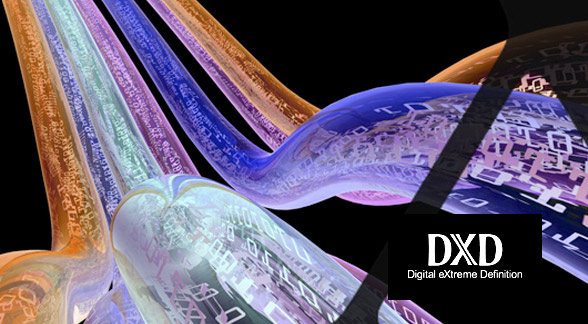DXD: Digital eXtreme Definition Is PCM
When I first heard about the DXD recording format, I thought it was a “higher resolution” version of DSD. After all, it was initially developed for Merging Technolgies Pyramix DSD workstation. But, I was wrong. According to the Merging Technologies website (they create equipment and software used in working with DSD and producing SA-CDs), “Fundamentally, there is no difference between DXD and 24-bit/352.8 kHz PCM with regards to the file format”.
Fundamentally, there is no difference between DXD and 24-bit/352.8 kHz PCM…
In the simplest terms possible, DXD is a recording and editing format that was proposed as a “highest common denominator” audio format for studios and engineers seeking to enter the world of high definition audio record production. Why did Sony and Phillips acknowledge DXD as a new editing format? Because it is not possible to natively do the things that you need to do during the production of a record in a 1-bit system. In a 2004 article by Mikael Vest in Resolution magazine, he acknowledges that there are serious issues when working with DSD64 and any production steps like editing, equalization, mixing, dynamic processing and mastering. It turns out that DSD signals are routinely converted to high sample rate PCM because the tools do exist for that format.
When setting up systems for the absolute highest sound quality”. It turns out that DSD AD conversion is just not up to the task because of the lack of tools and the high noise levels that are generated.
He goes on to point out that, “The noise spectrum of the DSD signal, however, increases above 22kHz because a noise shaping process is used to obtain the dynamic range of 120dB of the primary audio band — 20Hz-20kHz.” (BTW 120 dB is about the equivalent of 20-bit PCM systems). The focus of the Sony and Phillips team with regards to DSD was to create a system that was dramatically better than conventional CDs. They concentrated their efforts within the traditional range of human hearing because DSD’s noice component “grows significantly above 22 kHz”. DXD with its 8 times 44.1 kHz sampling rate and 24-bit word lengths is in reality PCM and is capable of recording frequencies and dynamic range much higher than DSD…and without the noise. And you can do all of the production work in DXD (HD PCM) and then convert to virtually any format you want to deliver. These include SA-CD, DVD-Audio or high resolution sound files.
DXD is the recommended recording format “when setting up systems for the absolute highest sound quality”. It turns out that DSD AD conversion is just not up to the task because of the lack of tools and the high noise levels that are generated. So what the Sony and Phillips folks are actually saying is that HD PCM at 352.8 or 384 kHz and 24 or 32-bit word is the “best” system for capturing audio.

